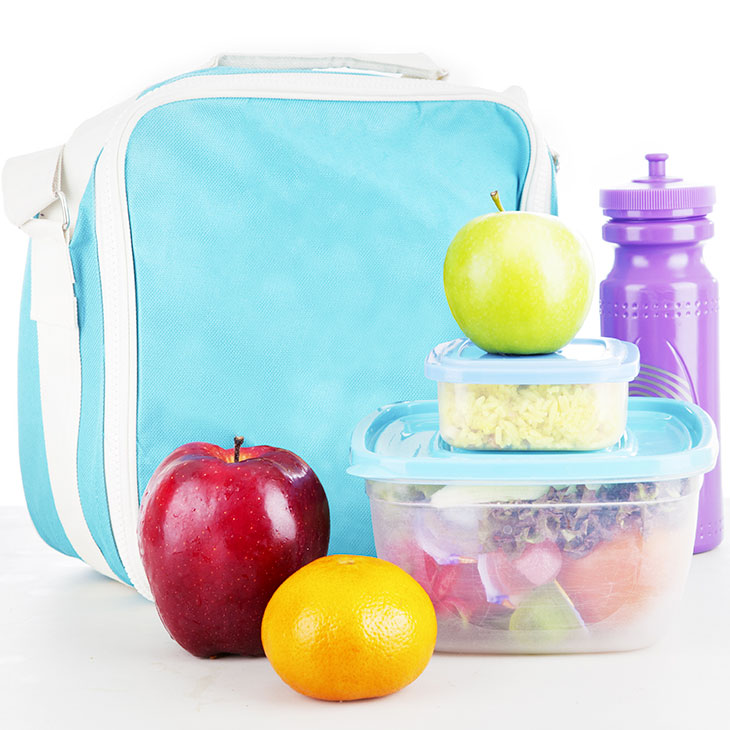
Serving Up Safety: Keep food safety a priority as students return to school, lunch bags in hand
Wednesday, August 7, 2019
As the days gradually grow shorter and the heat quietly begins to retreat, more than just the end of summer is being signaled. Accompanying the end of the summer months comes the start of a new school year.
Amidst the hustle and bustle of packing lunches and snacks for students, families sometimes lose sight of something that should be a priority in their household: food safety.
The easiest way to promote food safety at home is through proper handling and storage, said Ravi Jadeja, food safety specialist for the Oklahoma State University Robert M. Kerr Food and Agricultural Products Center.
“Bacteria that can cause foodborne illness or food poisoning grow rapidly at temperatures between 40 and 140 degrees [Fahrenheit],” Jadeja said. “These microorganisms can multiply to dangerous levels in just four hours, but packed lunches and snacks can be kept safe by following USDA’s four steps to food safety: clean, separate, cook and chill.”
Jadeja offers the following food safety advice to food handlers, parents and caregivers as they prepare to send their children back to school, lunch bags in hand.
Packaging and storing food
- Wash hands, contact surfaces, utensils and dishes thoroughly before beginning any food preparation to help prevent contamination.
- Avoid cross-contamination by using separate cutting boards and utensils for produce, meat and poultry.
- Always wash all fresh fruits and vegetables, and check expiration dates on canned goods.
- Include at least two cold sources when packing food to keep perishable items at a safe temperature. Frozen juice boxes or water bottles can be used in addition to freezer packs. Place the cold sources on top of and beneath the perishable food.
- Prepackaged meals commonly contain perishable food items and should be refrigerated and packed in lunches with cold sources.
- Store lunches in an insulated lunchbox or soft-sided bag. Paper bags are not capable of keeping perishable items safe.
- Pack lunches the night before, and store them in a refrigerator to keep the food colder longer.
Eating and disposing of leftovers
- Keep disposable wipes within reach to clean hands both before and after eating.
- Talk to your family about the dangers of sharing lunches with others, as it cannot be assumed other food was prepared with proper food safety protocols.
- Dispose of all remaining perishable food after eating.
- Dispose of all packaging and bags, and thoroughly clean reusable containers and bags after eating. Do not reuse disposable packaging.
FAPC, a part of OSU’s Division of Agricultural Sciences and Natural Resources, helps to discover, develop and deliver technical and business information that will stimulate and support the growth of value-added food and agricultural products and processing in Oklahoma.
MEDIA CONTACT: Mandy Gross | 405-744-0442 | mandy.gross@okstate.edu
